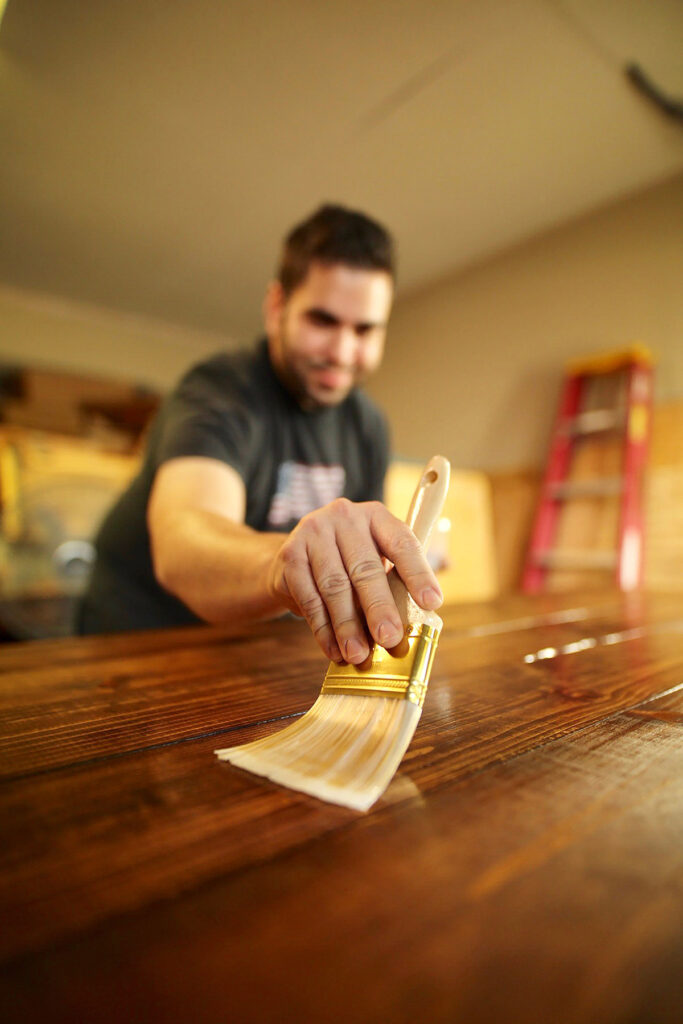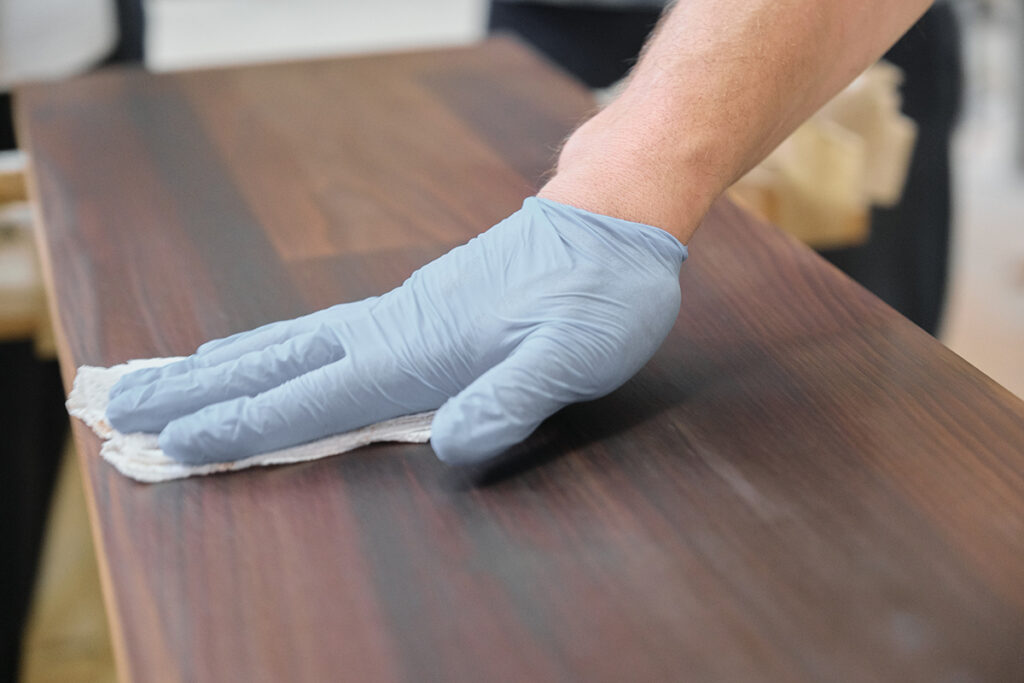Table of Contents
Choosing between varnish and an oil finish for your furniture is a decision that will have a big impact on the life of your piece. The choice you make can be based on many factors such as the type of wood used, its age, how much maintenance it needs, and even what kind of look you are going for. If you are looking to buy new furniture, then this article will take you through the pros and cons of using varnish or oil on furniture:
varnish is a clear protective coating that prevents moisture from getting into the wood and causing damage. It also helps protect against stains and scratches. Varnish is applied using a brush, roller, or sprayer and can last anywhere from one year to several years depending on the type of paint used.

If you want to use varnish on your furniture, you should know that it's very easy to apply and remove. You simply need to clean up any spills with soap and water and wipe down the surface with a damp cloth. For instance, if you are applying varnish to a wooden tabletop, just rub some soap onto the surface and wipe off any excess with a rag. Once dry, you can apply another coat.
Unlike oil finishes, which must be sanded before they can be applied, varnishes don't require sandblasting. This means that you won't have to spend hours sanding down your furniture to get it ready for finishing. When you choose varnish over oil, you also save time because there is no need to wait until the furniture has been fully cured before applying the next coat.
When you choose to varnish, you can easily change the color of your furniture by simply changing the color of the paint you use. With oil, you would need to repaint the entire piece. For instance, if you use it on display cabinets, you could change the color of the cabinet while keeping the rest of the pieces the same. This way, you wouldn't have to worry about having to repaint everything when you decide to switch out the color scheme.
While oil finishes are great at protecting against stains, varnishes do a better job of preventing them. In addition, varnishes are more resistant to fading than oils. This makes them ideal for outdoor furniture since they can withstand the elements without becoming discolored.
Since varnishes are easier to apply and maintain, they tend to last longer than oils. They also hold up well under heat and humidity. On the other hand, oils are harder to apply and may not last as long. In some cases, you might find that varnish starts peeling after a few months. However, this problem isn't common.
Because varnishes are clear, they can become smudged easily. As a result, you will need to keep wiping down the surfaces regularly so that dirt doesn't accumulate. If you live in a humid area, you will need to reapply varnish every couple of weeks. Since most varnishes contain solvents, you should wear gloves when working with them.
While varnishes are good for many types of wood, they aren't recommended for certain kinds. For example, oak furniture shouldn't be finished with varnish because it tends to crack. Instead, you should opt for an oil finish. The same goes for cherry furniture.
Although varnishes can protect against moisture, they don't provide full protection. As a result, it's important to seal the wood with a polyurethane topcoat once you've applied the varnish.
This is another popular type of finish used on furniture. Oil finishes are often made using linseed oil and tung oil. The following are some of the pros and cons of using an oil finish:

Unlike varnishes, oil finishes are easy to wipe off. You just need to make sure that you remove any excess from the surface. Once you're done, you can then wash away without worrying about getting wet. Normally, you only need to apply one layer of oil. Afterward, you let the furniture dry overnight before applying the second coat.
While varnishes only offer limited protection against moisture, oil finishes are designed to prevent water damage. As a result, they are perfect for outdoor furniture. For instance, if you want to put your patio set outside during the summer, you won't have to fret about your furniture being damaged by rainwater.
Oils are also very durable. As a result, your furniture will look new even after years of use. It's also worth noting that oil finishes are much less prone to cracking than varnishes. For example, if you use it on a display cabinet, you won't see any cracks because the finish is flexible enough to adapt to the shape of the piece.
In comparison to varnishes, oils tend to last longer. Many experts recommend that you wait between two and three years before refinishing your furniture. This is because oils are more resistant to fading. For instance, you can expect your oil finish to remain its original color for at least 10 years.
As mentioned earlier, you will need to clean your furniture regularly. This means that you will need to wipe down the surfaces with a damp cloth. Otherwise, dust and dirt will start accumulating. As a result, oil finishes require more effort to maintain.
Because oils are usually thicker than varnishes, they can't be applied to all types of wood. For example, you can't use oil on mahogany because it would take too long to dry. As a result, you may not get the desired results when you use this kind of finish.
The best option depends on what you prefer. If you want something that looks new, then you should go for the oil finish. However, if you want your furniture to withstand the elements, then you should choose the varnish. Ultimately, both options will give you great results. So, which do you think is better for your furniture?
If you're looking for the best way to protect your furniture, then you should consider using either varnish or oil. Both options come with their advantages and disadvantages. While varnishes are easier to apply, they aren't waterproof. On the other hand, oil finishes are more durable but require extra care. The final decision will depend on how important durability is to you.
Hungry for more knowledge? Check out the blog section and find out the best paint for furniture and how to paint a ceiling!